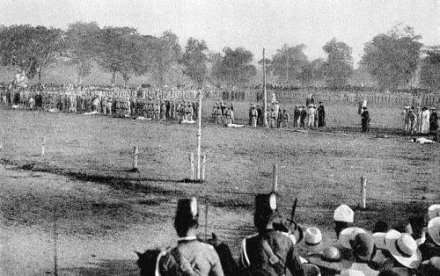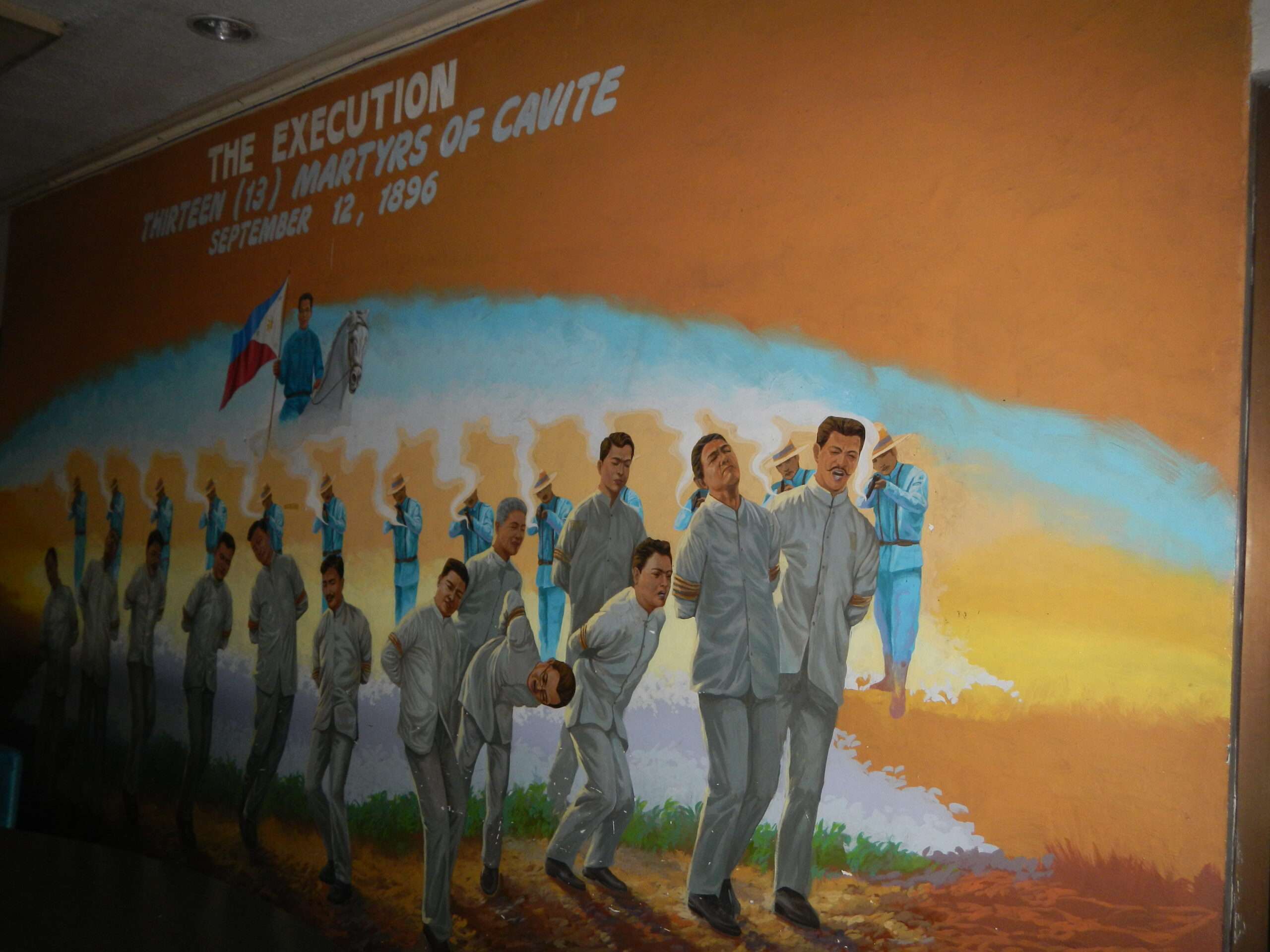History of Trece Martires City
The city was named after the Thirteen Martyrs of Cavite who were judged of rebellion and were executed by the Spaniards on September 12, 1896 during the Philippine Revolution.
Trece Martires was the one of the largest and remotest barrios in Cavite. It’s name was Quinta or Quintana, which served as part of the municipality of Tanza, Cavite. It was then organized into a city May 24 1954, which was approved by President Ramon Magsaysay.
From 1900-1930, the place was subdivided into cattle ranches and sugar farms owned by the Valencia and Soriano families of Tanza. Just before the outbreak of World War II, the government awarded these lands to the tenant-occupants on an installment basis.
From settlement period to 1940’s, the educational aspect of life was greatly overlooked and neglected by the government and barrio leadership until the first public school was opened in a rented house where the first teacher was Emiliano Bobadilla; Miss Lucia Sosa succeeded him until the outbreak of World War II in December 1941.


The city was named after the Thirteen Martyrs of Cavite who were judged of rebellion and were executed by the Spaniards on September 12, 1896 during the Philippine Revolution.
Trece Martires was the one of the largest and remotest barrios in Cavite. It’s name was Quinta or Quintana, which served as part of the municipality of Tanza, Cavite. It was then organized into a city May 24 1954, which was approved by President Ramon Magsaysay.
From 1900-1930, the place was subdivided into cattle ranches and sugar farms owned by the Valencia and Soriano families of Tanza. Just before the outbreak of World War II, the government awarded these lands to the tenant-occupants on an installment basis. From settlement period to 1940’s, the educational aspect of life was greatly overlooked and neglected by the government and barrio leadership until the first public school was opened in a rented house where the first teacher was Emiliano Bobadilla; Miss Lucia Sosa succeeded him until the outbreak of World War II in December 1941.
The second school was re-opened in 1945 with Mr. Gelacio de Padua as the teacher. Mrs. Victoria R. Lubigan then succeeded him. When she was transferred to Amadeo, the school w asclosed for lack of teacher. From 1945 to 1953, the place was continued to be the wild rendezvous of lawless elements and wanted criminals, because of its distance and absence of transportation and communication facilities. Because of this situation, the people became frustrated and many of them left the place.
The assumption to the Presidency of Ramon Magsaysay changed the events of life. The people who had transferred elsewhere have returned to their homes and fields. The Charter of the City was done through the efforts of several respected lawmen from Cavite, which started from the vision of Senator Justiniano Montano, Congressman Jose T. Cajulis who authored House Bill 1795 and became Republic Act No. 981, in May 24, 1954 when President Ramon Magsaysay signed it into law. Under this charter, the Governor of Cavite will serve as Ex-Officio City Mayor of the city The city was named in honor of the Thirteen (13) Martyrs of Cavite, who were sentenced to death during the Spanish Regime. These were: Antonio San Agustin (Quintana II), Alfonso de Ocampo (Quintana I), Victoriano Luciano (Bitangan), Severino Lapidario (Bayog), Luis Aguado (Fiscal Mundo), Eugenio Cabezas (Palawit), Feliciano Cabuco (Kanggahan), Hugo Perez (Lukbanan), Jose Lallana (Panuka Gubat), Maximo Gregorio (Aliang), Maximo Inocencio (Bagong Pook) Francisco Osorio (Project) and Agapito Conchu (Lagundian). These also became the names of the Thirteen (13) barangays in the city.



The city was named after the Thirteen Martyrs of Cavite who were judged of rebellion and were executed by the Spaniards on September 12, 1896 during the Philippine Revolution.
Trece Martires was the one of the largest and remotest barrios in Cavite. It’s name was Quinta or Quintana, which served as part of the municipality of Tanza, Cavite. It was then organized into a city May 24 1954, which was approved by President Ramon Magsaysay.
Trece Martires City is the “de facto” capital and seat of the Provincial Government of Cavite. It is considered as one of the fast growing local economy in Cavite with its role in the Provincial Development and Physical Frame- work Plan as the “Cavite Nuevo” or New Cavite steering towards rapid urbanization. From 2014 to present, the city is hosting twelve (12) NHA Resettlement Projects with 34,000 housing units and relocatees coming from Informal Settlers of National Capital Region (NCR) with 2015 population growth rate of 7.87%, 2019 projected population is 210,828 2018 projected number of Household is 50,822.

